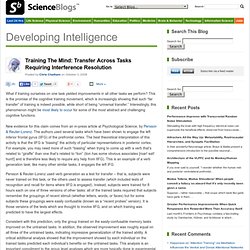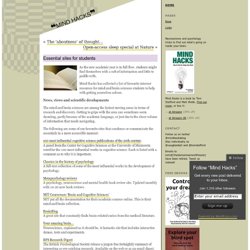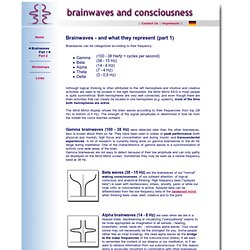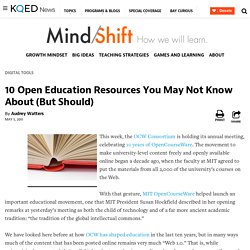

Talks. The Ideas. The majority of the material collected on this site, and presented in the animations is taken from the book Overschooled but Undereducated, by John Abbott and Heather MacTaggart.

Further ideas can be found in the resources listed to the right. Overschooled but Undereducated synthesizes an array of research and shows how these insights can contribute to a better understanding of human learning, especially as this relates to adolescence. By mis-understanding teenagers’ instinctive need to do things for themselves, society is in danger of creating a system of schooling that so goes against the natural grain of the adolescent brain that formal education ends up unintentionally trivialising the very young people it claims to be supporting.
By failing to keep up with appropriate research in the biological and social sciences, current educational systems continue to treat adolescence as a problem rather than an opportunity. This book is about the need for transformational change in education. Training The Mind: Transfer Across Tasks Requiring Interference Resolution : Developing Intelligence. What if training ourselves on one task yielded improvements in all other tasks we perform?

This is the promise of the cognitive training movement, which is increasingly showing that such “far transfer” of training is indeed possible, while short of being “universal transfer.” Interestingly, this phenomenon might be most likely to occur for some of the most abstract and challenging cognitive functions. New evidence for this claim comes from an in-press article at Psychological Science, by Persson & Reuter-Lorenz. The authors used several tasks which have been shown to engage the left inferior frontal gyrus (lIFG) of the prefrontal cortex. The best theoretical interpretation of this activity is that the lIFG is “biasing” the activity of particular representations in posterior cortex.
Consistent with this prediction, only the group trained on the easily-confusable memory tasks improved on the untrained tasks. Essential sites for students. As the new academic year is in full flow, students might find themselves with a raft of information and little to paddle with.

Mind Hacks has collected a list of favourite internet resources for mind and brain sciences students to help with getting yourselves ashore. News, views and scientific developments The mind and brain sciences are among the fastest moving areas in terms of research and discovery. Getting to grips with the area can sometimes seem daunting, partly because of the academic language, or just due to the sheer volume of information that needs navigating. Brainwaves and Consciousness - Brainwaves (1) Beta, Alpha, Theta and Delta. Brainwaves can be categorized according to their frequency: Although logical thinking is often attributed to the left hemisphere and intuitive and creative activities are seen to be located in the right hemisphere, the Mind Mirror EEG in most people is quite symmetrical.

Both hemispheres are very well connected, and even though there are brain activities that can clearly be located in one hemisphere (e.g. speech), most of the time both hemispheres are active. The Mind Mirror display shows the brain waves according to their frequencies from top (38 Hz) to bottom (0.5 Hz). CSS3 Memory. Flashcards: The world's largest online library of printable flash cards. The world's most popular open source database. 10 Open Education Resources You May Not Know About (But Should)
This week, the OCW Consortium is holding its annual meeting, celebrating 10 years of OpenCourseWare.

The movement to make university-level content freely and openly available online began a decade ago, when the faculty at MIT agreed to put the materials from all 2,000 of the university’s courses on the Web. With that gesture, MIT OpenCourseWare helped launch an important educational movement, one that MIT President Susan Hockfield described in her opening remarks at yesterday’s meeting as both the child of technology and of a far more ancient academic tradition: “the tradition of the global intellectual commons.” We have looked here before at how OCW has shaped education in the last ten years, but in many ways much of the content that has been posted online remains very much “Web 1.0.” But as open educational resources and OCW increase in popularity and usage, there are a number of new resources out there that do offer just that.